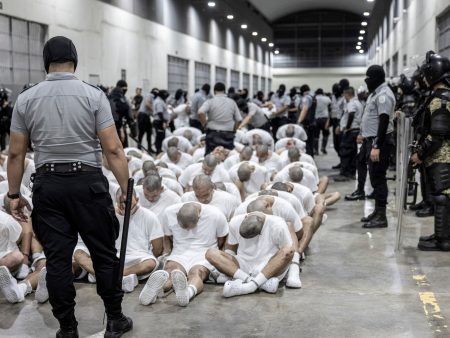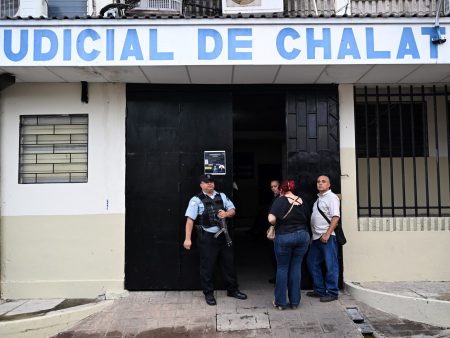In late 1949, William S. Burroughs, fleeing drug and weapons charges, sought refuge in Mexico City with his wife, Joan Vollmer, and their children. He envisioned a period of scholarly pursuit, waiting out the statute of limitations on his crimes while immersed in the vibrant expat community. Initial letters paint a picture of optimism, describing their settlement in the fashionable Roma district, his attempts at sobriety, and a sense of exhilaration. This idyllic façade, however, would soon crumble under the weight of Burroughs’s addiction and the couple’s increasingly volatile relationship.
Two years later, Burroughs was again consumed by heroin, his behavior marked by violent outbursts and gun-waving incidents. His marriage to Vollmer had deteriorated significantly. Once a vibrant intellectual force at the center of the burgeoning Beat Generation, Vollmer struggled with depression, illness, and alcoholism, exacerbated by the abusive nature of her relationship with Burroughs. Her apartment in New York had been a crucial meeting place for the Beats, her sharp intellect shaping their philosophical and artistic explorations. However, the underlying tensions stemming from Burroughs’s homosexuality and their shared addiction plagued their union from the beginning. Their time in Mexico City offered no respite, marked by constant drinking and escalating tensions.
The tragic climax of their tumultuous relationship occurred on September 6, 1951. During a gathering with friends in an apartment above their usual haunt, the Bounty Bar, Burroughs produced a gun, proposing a "William Tell act." He instructed Vollmer to balance a glass on her head, then shot her in the temple. While initial reports suggested a confession to the reckless game, Burroughs later, under legal counsel, claimed the gun discharged accidentally. He spent 13 days in jail before being released on bail, aided by bribery orchestrated by his lawyer.
The aftermath of the shooting saw their children sent back to the United States, while Burroughs remained in Mexico to navigate the legal proceedings. However, his lawyer’s subsequent involvement in another shooting forced them both to flee. Burroughs was eventually convicted of manslaughter in absentia, receiving a suspended sentence. Vollmer, initially buried in Panteon Americano cemetery, was later moved to an unmarked pauper’s grave, a stark contrast to the literary acclaim her husband would eventually achieve.
Burroughs’s literary career, ironically, took flight in the shadow of Vollmer’s death. He confessed to believing he would never have become a writer were it not for her demise, claiming it brought him face-to-face with the "Ugly Spirit" and ignited a lifelong struggle he could only escape through writing. While initially hesitant to directly address the shooting in his work, he eventually incorporated a thinly veiled version of the incident into his most famous novel, Naked Lunch. The act of writing became his means of grappling with the trauma, transforming a personal tragedy into a pivotal moment in his artistic development.
The release of the film Queer, based on Burroughs’s semi-autobiographical novel, has brought renewed attention to his life and work, particularly his time in Mexico City. While the film celebrates Burroughs’s groundbreaking contributions to queer representation, it also casts a harsh light on the darker aspects of his legacy. His enduring fascination with firearms, mirroring a troubling trend in American culture, stands in stark contrast to his later criticism of the country’s approach to addiction, which he likened to a "junk virus." His personal struggles with addiction and his eventual advocacy for treating it as a public health issue underscore the complexities of his character and the tragic irony of his life. The unanswered questions surrounding Vollmer’s death, the conflicting accounts of accident versus intent, and the stark reality of her final resting place serve as a sobering reminder of the human cost behind the literary icon. The debate over separating the art from the artist continues, but the tragic circumstances of Joan Vollmer’s death remain an inextricable part of William S. Burroughs’s story.










